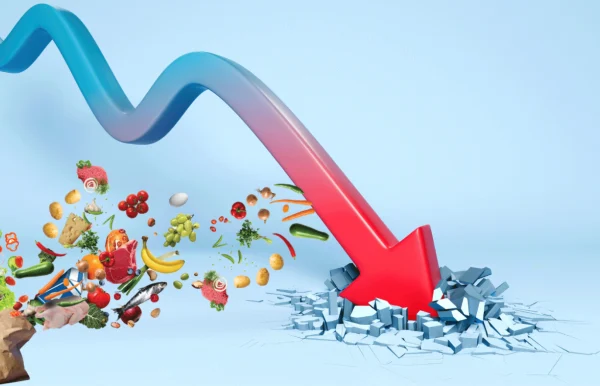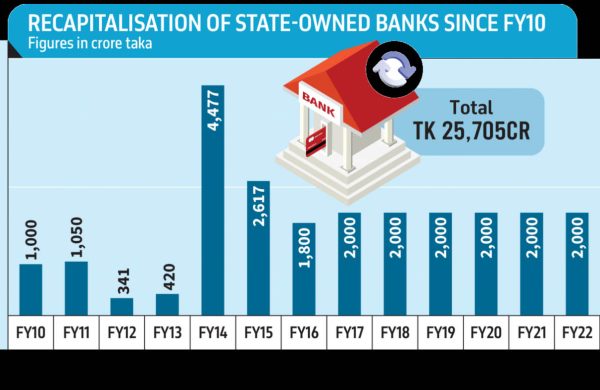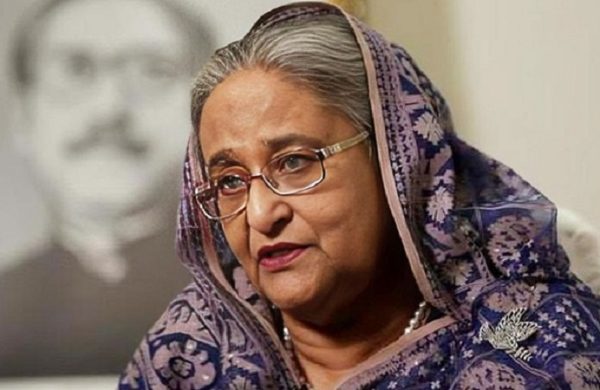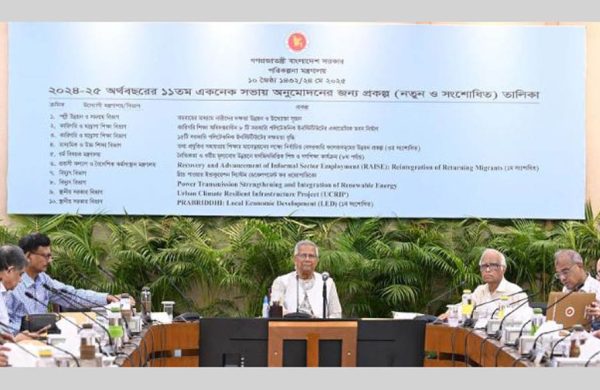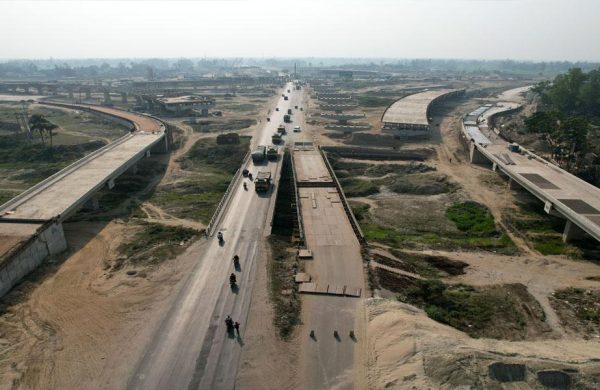Challenges in Bangladesh’s export diversification
- Update Time : Thursday, February 13, 2025
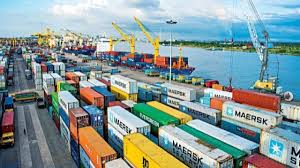
Staff Correspondent:
Although Bangladesh’s export volume has grown by over 5 per cent in the last 35 years since 1989-90, the diversification of export products remains elusive, with exports still concentrated in just 8 to 9 major items.
Why has Bangladesh been unable to achieve significant export diversification despite sustained efforts?
According to Abu Mukhles Alamgir Hossain, Director (Policy and Planning) of the Export Promotion Bureau (EPB), several other promising sectors, such as leather and leather goods, jute and jute products, agricultural and processed products, handicrafts, pharmaceuticals, ICT and ICT-enabled services, and light engineering products, do not receive the same level of policy support and incentives as the readymade garments (RMG) sector.
He emphasised that sector-specific policy papers are essential to assess the advantages and disadvantages of diversification while also analysing the strategies of competing nations.
BARRIERS TO EXPORT DIVERSIFICATION
A range of challenges hinder Bangladesh’s export diversification efforts.
These include low technological advancement, inconsistent trade policies, environmental and compliance issues, skill shortages, limited innovation and research & development (R&D), inadequate logistics, intense global competition, and restricted access to finance for small and medium-sized enterprises (SMEs).
Alamgir Hossain said that SMEs in Bangladesh struggle due to limited access to affordable credit. High interest rates and collateral requirements create significant barriers to business expansion.
“Although SMEs are regarded as the lifeblood of the economy, Bangladesh must prioritise their development if serious about export diversification,” he said.
He added that export diversification cannot happen overnight. There is no shortcut to achieving it. Long-term strategies, sector-specific policies, business-friendly customs procedures, and efficient logistics are crucial for ensuring a diversified export sector.
CURRENT EXPORT SCENARIO
Bangladesh exported goods worth Tk 2.94 lakh crore (US$28 billion) in the seven months from July to January, of which Tk 2.46 lakh crore (US$23.5 billion) came from garments alone. During this period in the current 2024-25 fiscal year, total export earnings grew by 11.68 per cent.
The ready-made garment sector grew by 12 per cent, with knitwear expanding by 12 per cent and woven garments by 11.97 per cent compared to the same period last year.
Bangladesh’s export earnings are still overwhelmingly dependent on the clothing sector. The EPB reports that in the 2023-24 fiscal year, knitwear accounted for 44.6 per cent of exports, woven garments 37.2 per cent, home textiles 3.3 per cent, footwear 2.3 per cent, jute products 1.9 per cent, and fish 1 per cent.
Despite expert recommendations and government initiatives to promote export diversification, non-RMG sectors have shown little improvement, continuing their weak performance year after year.
Bangladesh’s export products remain concentrated in just eight categories: knitwear, woven garments, agricultural products, leather and leather goods, jute and jute products, home textiles, frozen and live fish and engineering products.
CHALLENGES IN EXPANDING EXPORT MARKETS
Bangladesh’s primary export destinations are the European Union, the United States, and the United Kingdom. While these markets are large, they primarily import clothing items from Bangladesh due to the country’s expertise in the sector and its competitive pricing, industry insiders say.
Dr Mohammad Abdur Razzaque, Chairman of the Research and Policy Integration for Development (RAPID) think tank, stressed that the time for serious efforts towards export diversification is now.
“Although achieving major export diversification is a long-term process and Bangladesh has been trying for years, there is no alternative but to achieve diversification to sustain the export sector,” he stated.
Dr Razzaque, who has also served as a trade expert in the UK and EU, warned that global challenges could lead to declining demand for clothing products in the USA, UK, and EU, as competing countries ramp up their export capacities.
Furthermore, he pointed out that US sanctions on China may indirectly affect Bangladesh’s garment sector, given that Bangladesh imports a significant portion of raw materials for garments from China. The evolving global trade landscape poses additional risks.
KEY ISSUES PREVENTING EXPORT DIVERSIFICATION
Responding to why Bangladesh has failed to diversify its exports, Dr Razzaque said, “We have not taken the issue of product diversification seriously enough. Compliance is another major concern.”
He noted that the potential of the leather sector remains largely untapped due to compliance issues. “Bangladesh had ample time to address compliance challenges in the leather industry, but mismanagement and corruption have kept the sector lagging behind,” he added.
Dr Razzaque emphasised the need for improving workforce skills to enhance competitiveness in the global market.
He argued that producing diversified and high-end products would provide Bangladesh with a crucial advantage in exports.
While Bangladesh’s export sector has seen remarkable growth, its overwhelming reliance on the RMG industry makes it vulnerable to shifts in global demand and competition.
Addressing barriers such as inadequate policy support for non-RMG sectors, compliance shortcomings, skill gaps, and financial constraints on SMEs is essential for meaningful diversification. Without significant reforms and targeted investment in emerging export industries, Bangladesh risks stagnation in its export growth and long-term economic vulnerability.




